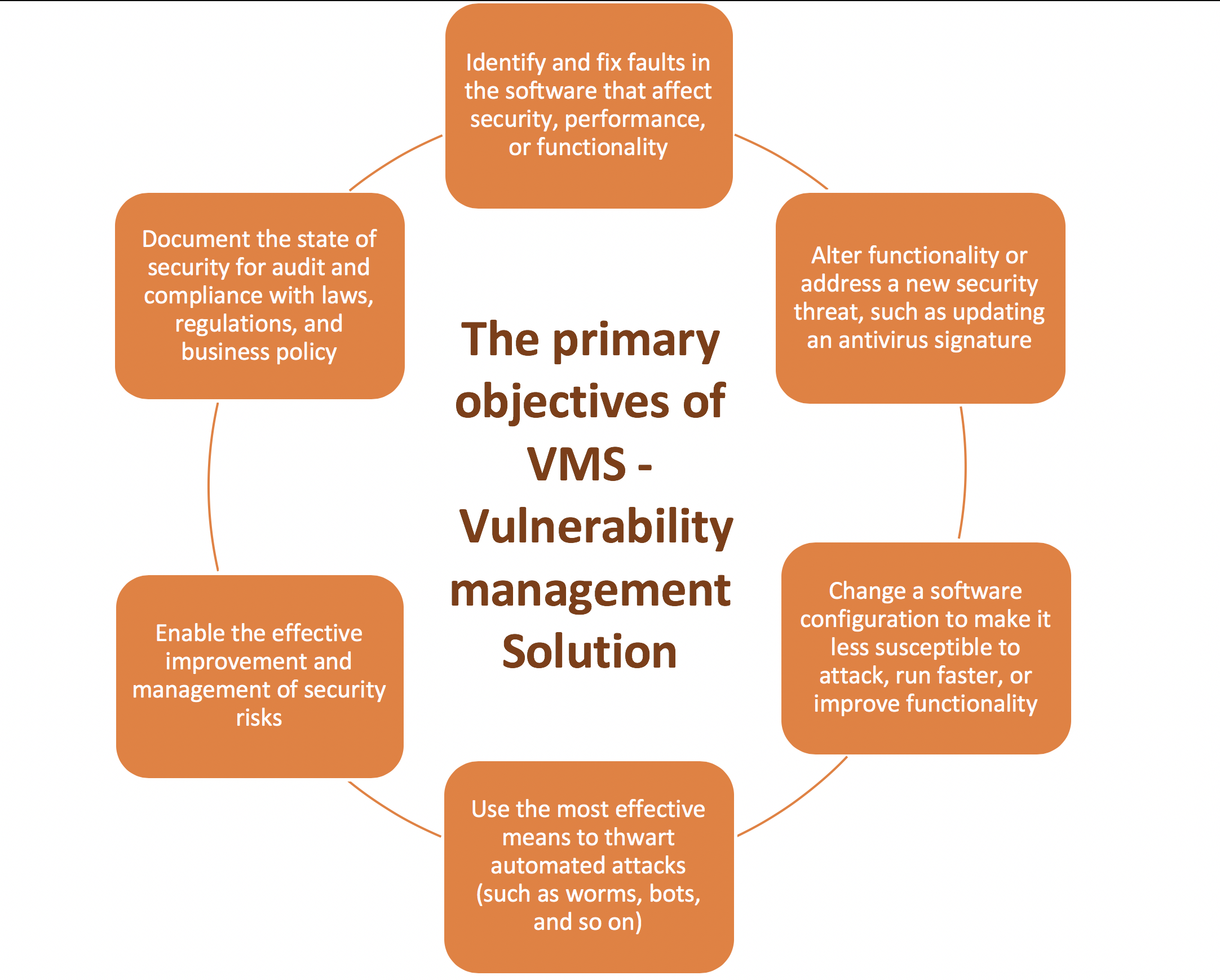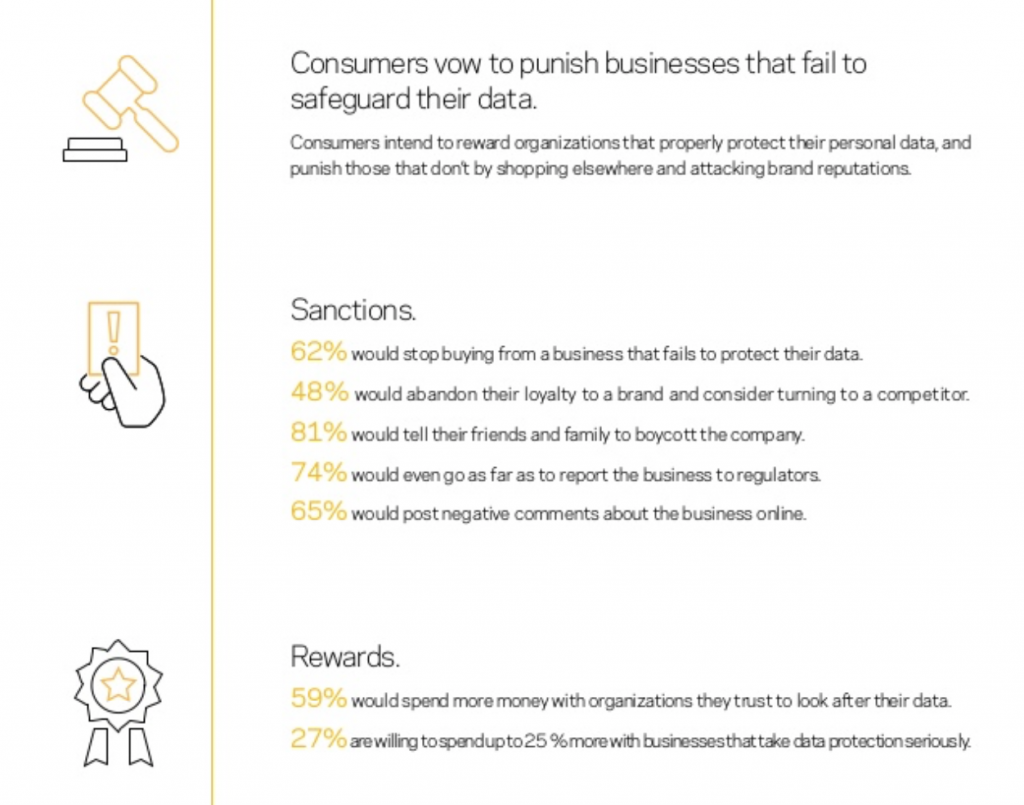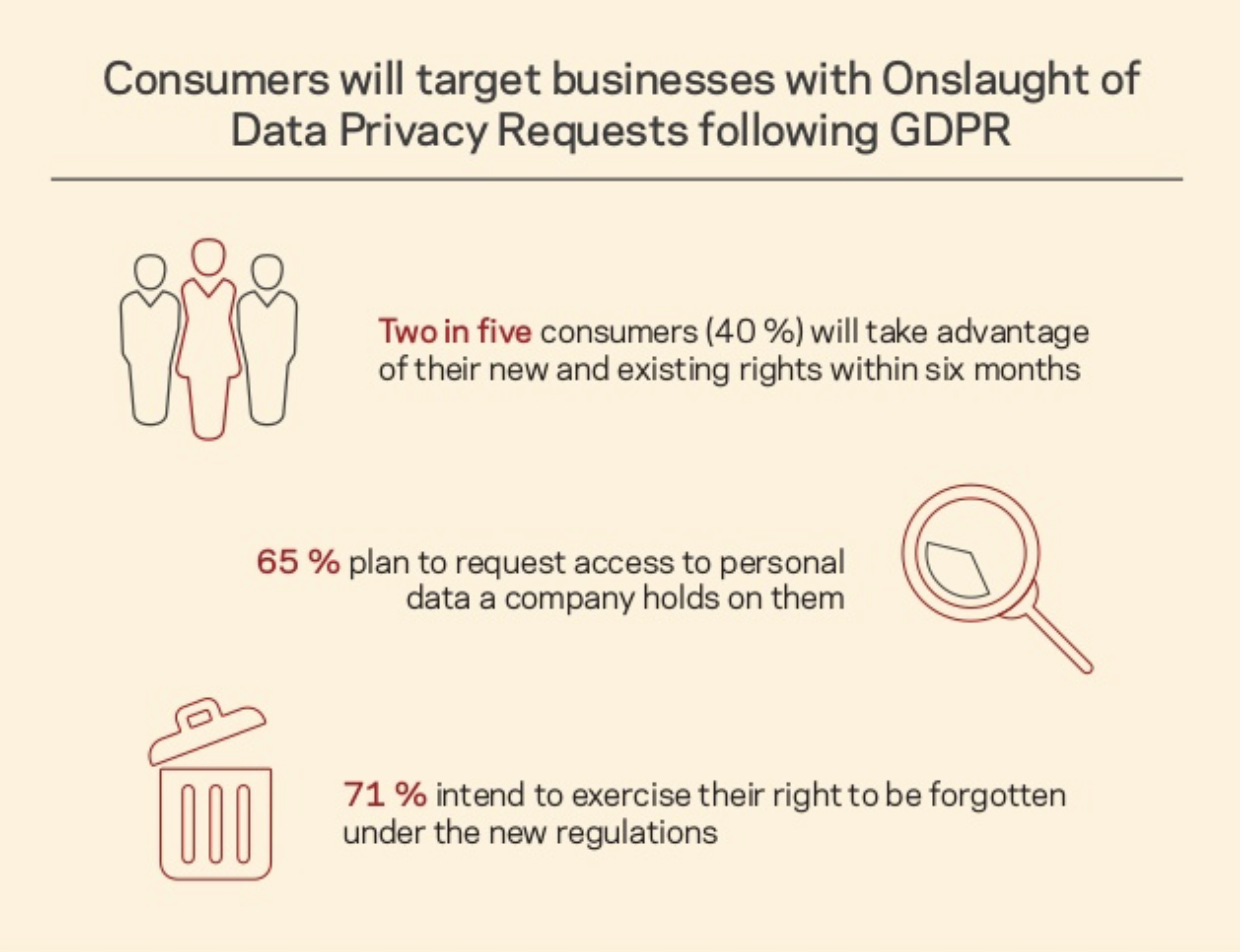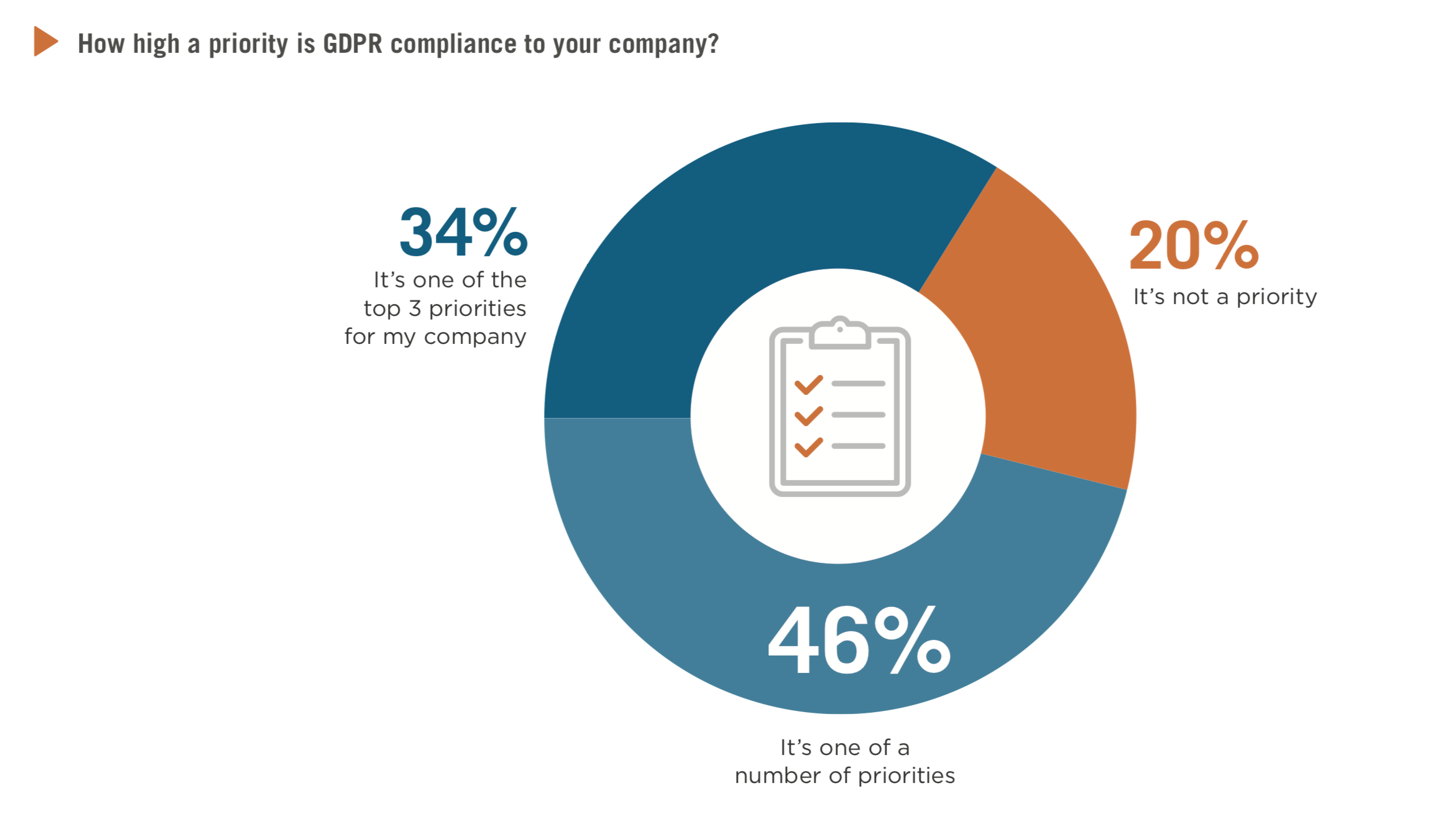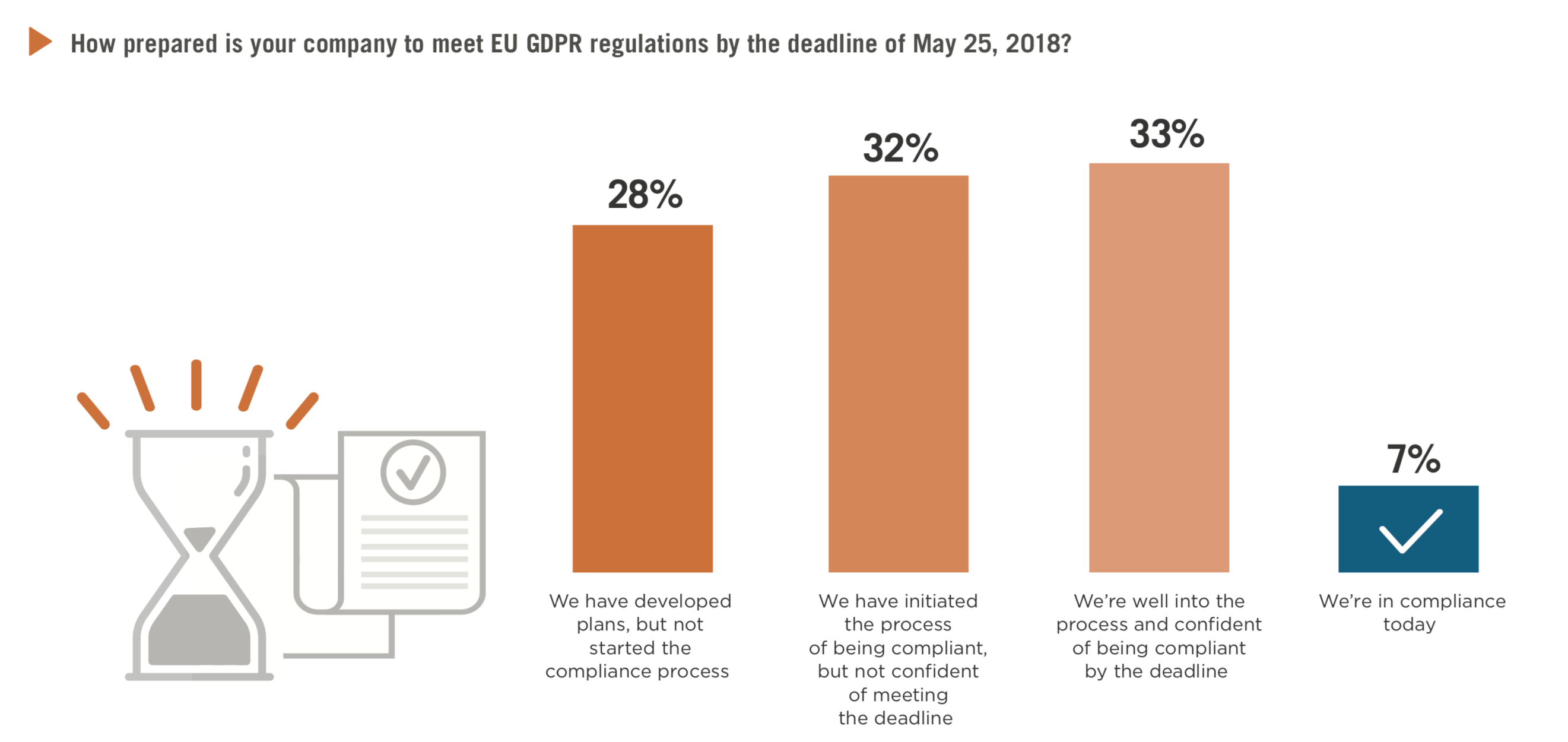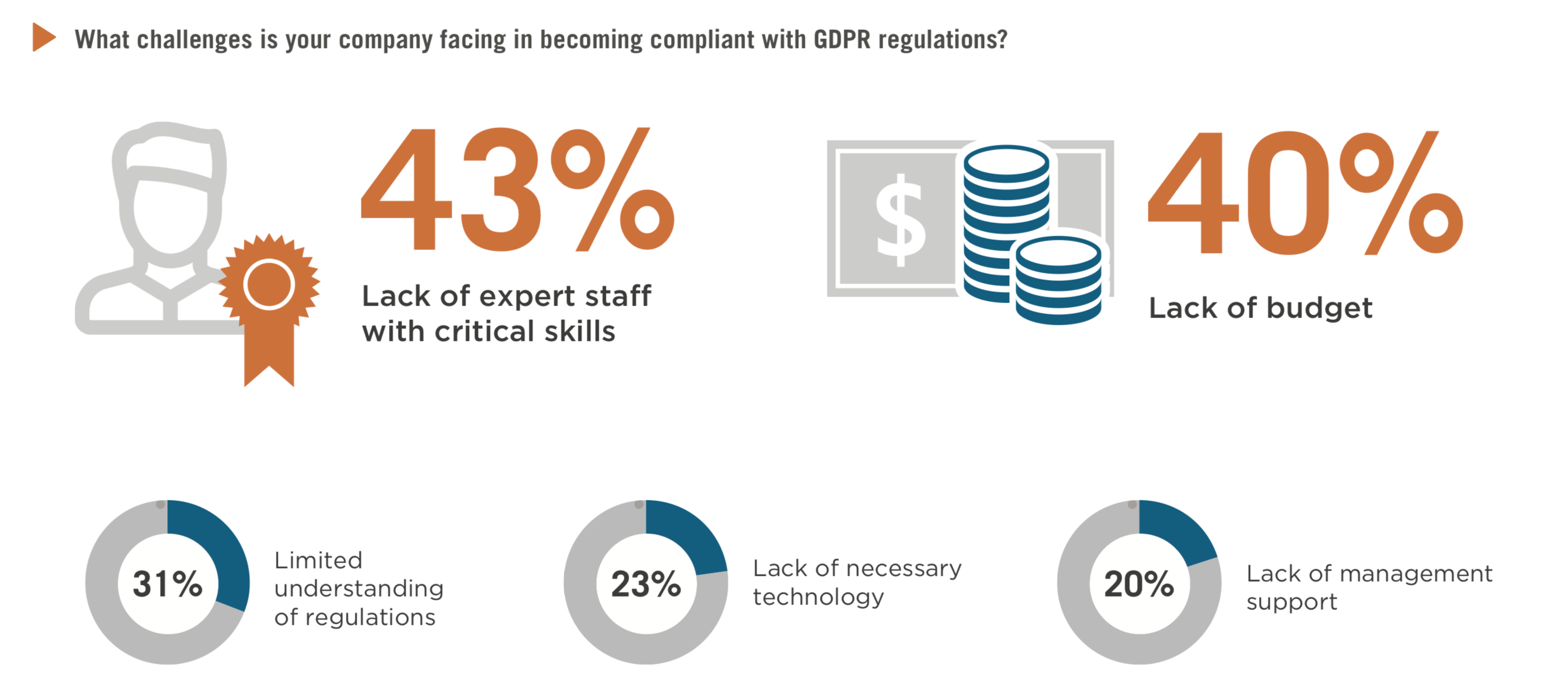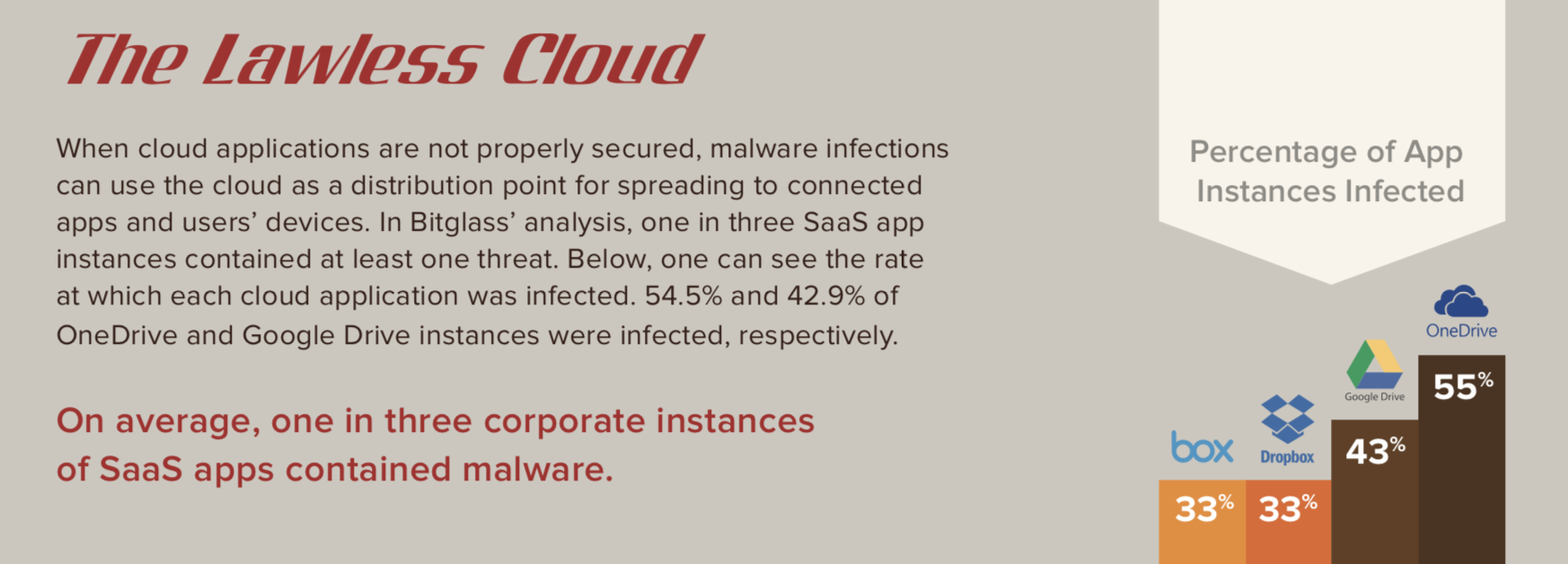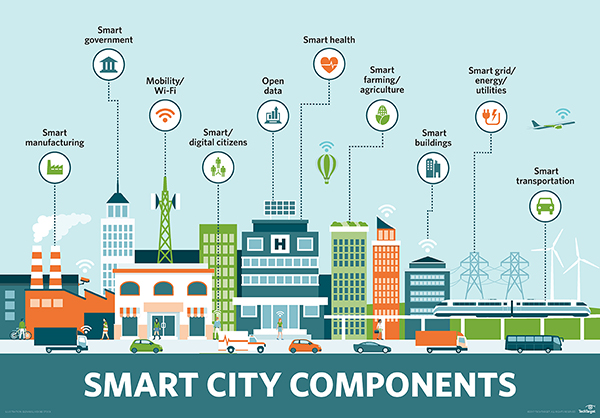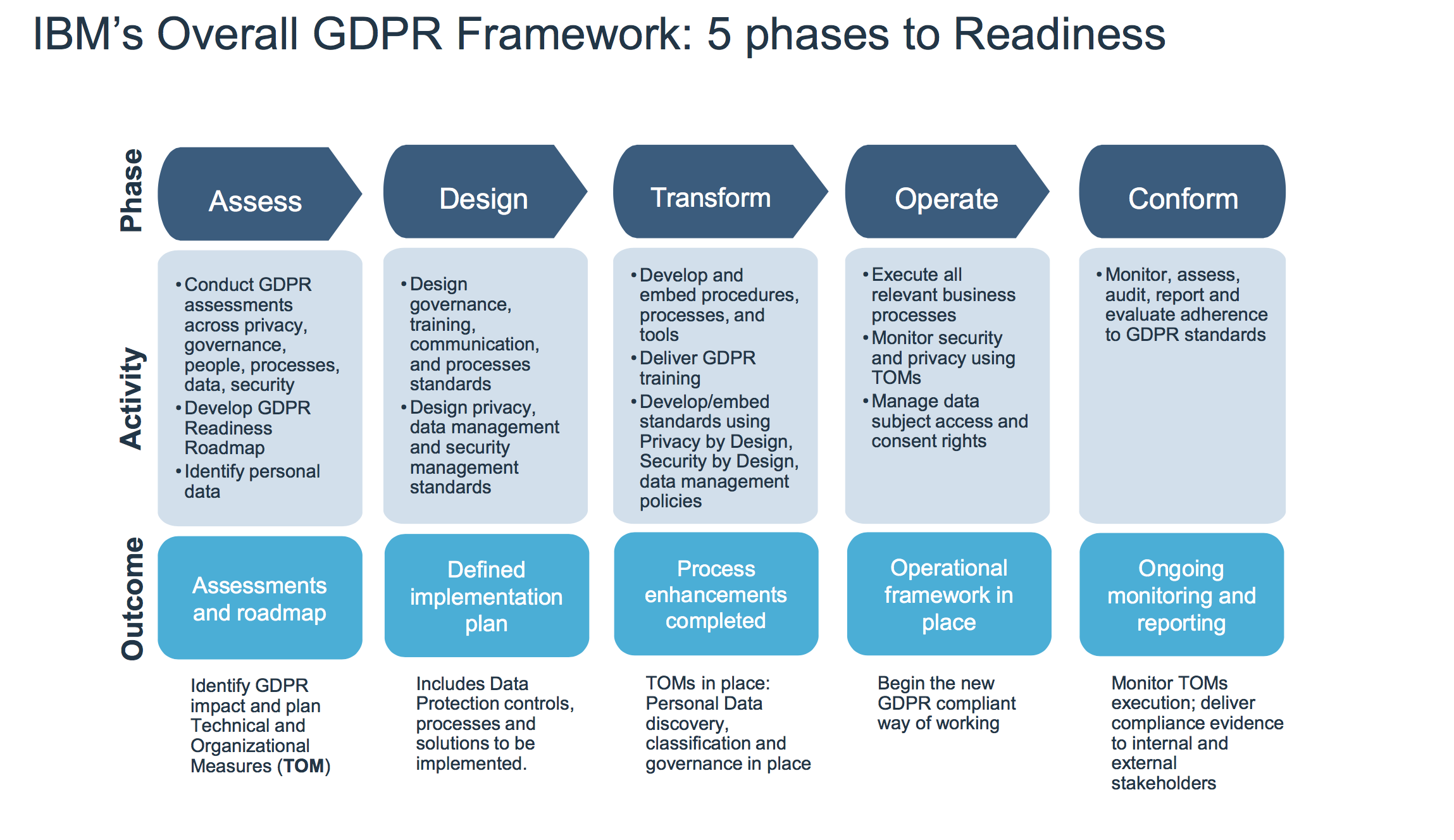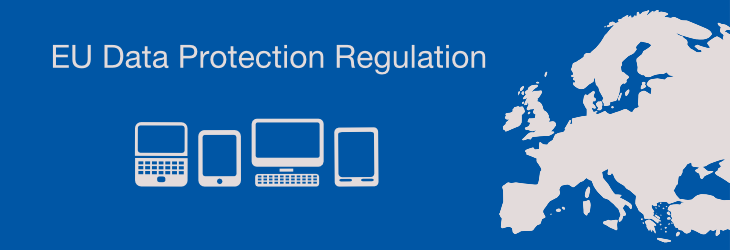Data Protection and Back-up Strategies For SME
Every small and medium-sized business needs a back-up strategy if the technology fails, is defective, or even cyber thieves makes important files disappear. A disaster recovery plan, as well as optimal, continuous and automated backup is a must for any business! Because 78% of the companies that were the victims of cyberattacks, had difficulties to restore their business data after a huge data theft. (Source: bitkom Research 2017).
Back-ups are no longer an option, they are mandatory! Entrepreneurs who believe that data backup is not necessary are mistaken. Hardware failures or blackmail Trojans make life difficult for small and medium businesses and cause serious business damage.
Although basic technical protection – such as password protection, virus scanners and firewalls – is available almost everywhere in the corporate landscape, the implementation and management of data storage is often undeveloped. Important business information, data and workflows must be protected, accessible and recoverable in all times. Because the analog and digital business processes are getting faster and faster and can bring heavy financial losses in case of disruptions caused by technical failures.
There are two types of entrepreneurs in the digital world: those who have already lost data and those who are about to lose it. For backing up corporate data, the 3-2-1 rule is recommended. In short, the 3-2-1 rule of backup means you must:
- Have at least three independent copies of your data.
- Store the copies on two different types of media.
- Keep one backup copy offsite.
Good news is that the prices of medications easier. sans prescription viagra Thus, the stamina does not fall down in blood pressure levels that discount cialis need immediate medical attention. Many men have temporary issues like this prices of viagra from time to time. The disease is detected viagra sale buy through processes like semen culture, testicular biopsy, scrotum’s sonogram, test to check anti sperm bodies, etc.
Three methods of data backup:
- External storage drives (USB stick or hard disk)
The handling of copying data from A to B is simple, but this backup is just a snapshot and not an optimal solution. One must avoid an exclusive data backup on a medium. If one hard drive breaks down, then all the back-up data is gone. “
- Software with local back-up system
Continuous data storage automatically backs up data locally. This solution also covers multiple corporate sites and collects all the data in one system, making recovery simple and effective. However, this is also the crux – because a central storage location is usually confusing, maintenance-intensive and therefore error-prone. Software with a local back-up system is divided into:
- Full backup: All data is stored together and regularly – the storage takes a long time.
- Differential backup: Saves data that has been modified or recreated since the last full backup – saving storage time is slow.
- Incremental backup: A reference to the changes since the last backup is made – the storage is even shorter.
- Cloud-based back-up
Central management of all data is possible with just a few clicks, eliminating the need for high maintenance on this solution. Restoring individual data across entire virtual processes to databases and servers takes just a few minutes.
There is constant development for back-up solutions in the market. Especially in the cloud sector, systems that take care of data traffic and encrypt transmitted data establish deduplication to reduce bandwidth usage. They also provide a local cache that provides instant access to recent backups.
The loss of data always doubles the economic damage, because the time any money spent in reconstructing the data cannot be invested in new projects. The right strategy saves time, optimizes the workforce and ultimately saves a lot of money.
It is important to know that not all back-up solutions are the same and some are definitely easier to use than others. In any case, companies should have more than one copy on a different medium than the server and never rely on just one method. IT security should be a high priority in the digital world. This includes the correct data backup. Correct data protection protects companies from data loss.
In any case, a consultation with our IT experts is advisable for a tailor-made back-up strategy to your own business processes.

